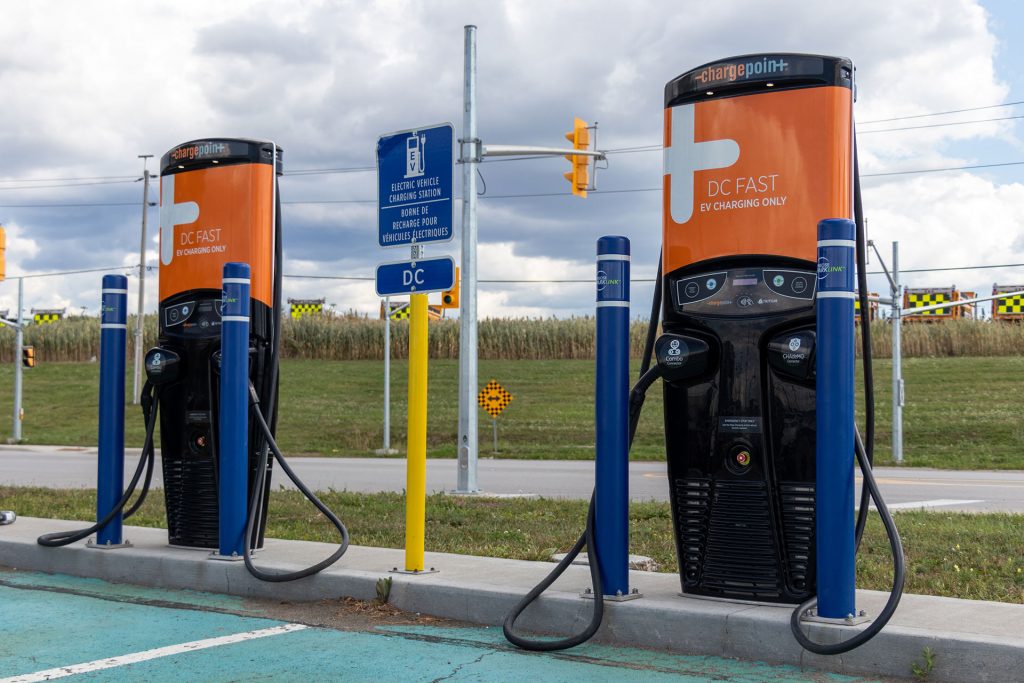Learning from the UK’s National Infrastructure Assessment

The first U.K. National Infrastructure Assessment was published by the National Infrastructure Commission in 2018 and was used as a basis to develop the U.K.’s first National Infrastructure Strategy. The second assessment is underway and is looking at digital infrastructure, renewable energy, transportation, cities, and water.
Canada’s National Infrastructure Assessment

The National Infrastructure Assessment is an important first step that will help lay out a comprehensive approach to build an evidence –based, independent approach to planning and delivering infrastructure across the country.
Transit Oriented Development – Getting it Right in Ontario

Understand how Ontario can deliver true value for communities from transit-oriented development and encourage investment in quality assets from the private sector.
Getting to Transit Oriented Communities – Experiences in Canada

With historic investments in transit across Canada, there is an opportunity to leverage the value being created into transforming communities and providing a lasting benefit to all.
US Lessons from Canada’s P3 Model

The U.S. Consulate in Toronto and Global Public Affairs hosted this event to hear from a select group of U.S. infrastructure leaders operating in Canada. The discussion covered the current opportunities and challenges of pursing P3s for infrastructure development in Canada, as well as areas for cross-border collaboration.
Getting Off the Project Roller-Coaster

This paper explores some leading practices across provincial and state governments in North America and examines the approaches from Australia and the United Kingdom to long-term planning and prioritization.
Designing Cities to Reduce Emissions

Cities around the world are responsible for 70 percent of carbon emissions and are significantly impacted by the effects of climate change. The additional infrastructure costs for climate change mitigation and adaptation are anticipated to continue to rise as towns and cities continue to grapple with the impacts.
Lifecycle Planning and Procurement

Canada and the UK have both set out a legally binding commitment that requires both countries to reach net zero greenhouse gas emissions by 2050. Not only is this being positioned as a measure to protect the environment, it presents opportunities for economic growth and jobs.
Designing Systems to Attract Ridership

Transport makes up around one third of emissions in Canada and the UK, and with both countries committing to reach net zero by 2050, increasing the share of people using transit, walking or cycling is one of the most effective strategies to achieve climate goals.
Utilities and Transport Electrification

Utilities play a key role in enabling transportation electrification and supporting private sector investment. The shift to electric vehicles will have major impacts on electricity grids and require both investments and smart approaches to manage the transition effectively.
